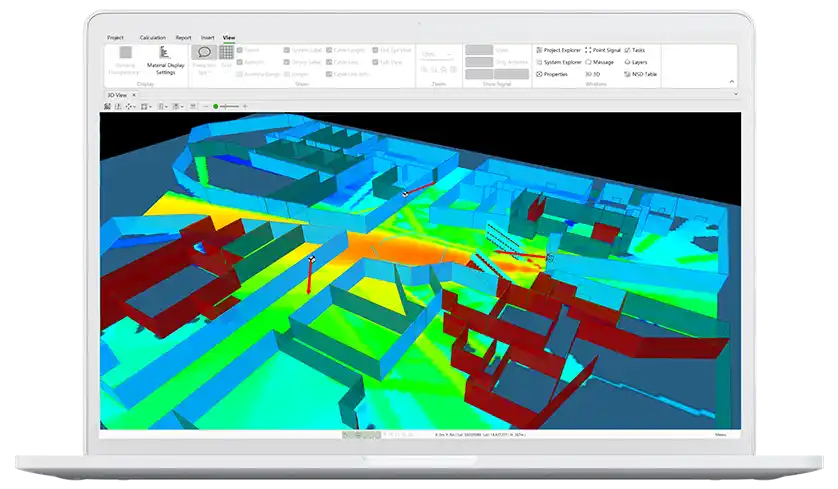The rapid growth of mobile data traffic is concentrated in hot spots such as business districts, airports, and stadiums, posing significant challenges for 5G and beyond-5G (B5G) wireless networks. Addressing these challenges requires ultra-dense deployment of millimetre-wave small cells and massive multiple-input multiple-output (MIMO) technology. However, there are gaps in performance characterisation, radio channel measurements, and millimetre-wave small-cell deployment in built environments. Funded by the Marie Skłodowska-Curie Actions programme, the WAVECOMBE project will combine key enabling technologies for 5G/B5G networks to address fundamental questions. Research activities will include developing and testing millimetre-wave small cells and massive MIMO antennas, characterising radio propagation channels, and optimising the performance of networks using massive MIMO and millimetre-wave small cells.
This research project is proudly funded by the European Commission, reflecting their commitment to advancing innovation and addressing critical societal challenges. Through this support, we aim to deliver groundbreaking insights and solutions that contribute to the European Union’s vision for a sustainable, connected, and inclusive future. The funding enables us to collaborate with leading experts across borders, leverage cutting-edge technologies, and drive impactful outcomes that benefit both science and society.
our objective

Proposal

Objectives
We propose here a research approach that combines the three disruptive key enabling technologies for 5G/B5G with the aim to answer fundamental questions that are still not well understood.
- Develop and test mmW MIMO and massive MIMO antennas.
- Characterize and model radio propagation channel at mmW bands for typical Built Environments (offices, homes, stations, airports).
- Theoretically analyse and optimise massive MIMO mmW SC performance in the Built Environments.
- Integrate massive MIMO mmW Small Cell networks with their operating environments.
- Develop methods to retrofit existing buildings and to design new buildings for efficient high-capacity wireless communications in the Built Environments.
Research News
Explore our Research News
Discover how our cutting-edge research projects are shaping the future of wireless network technology



